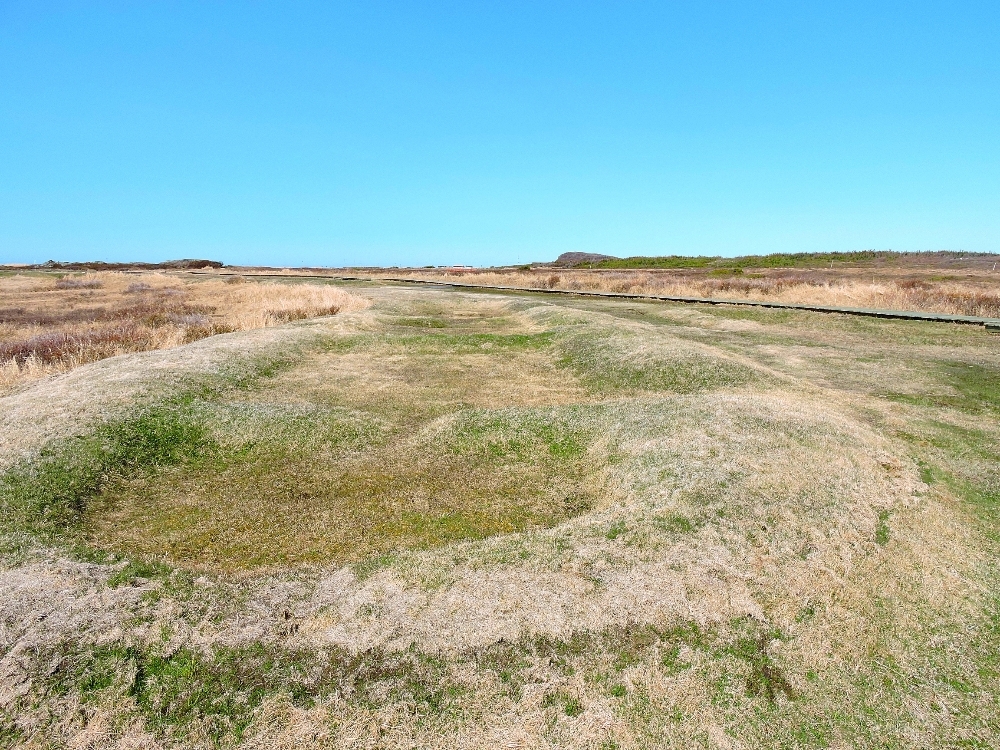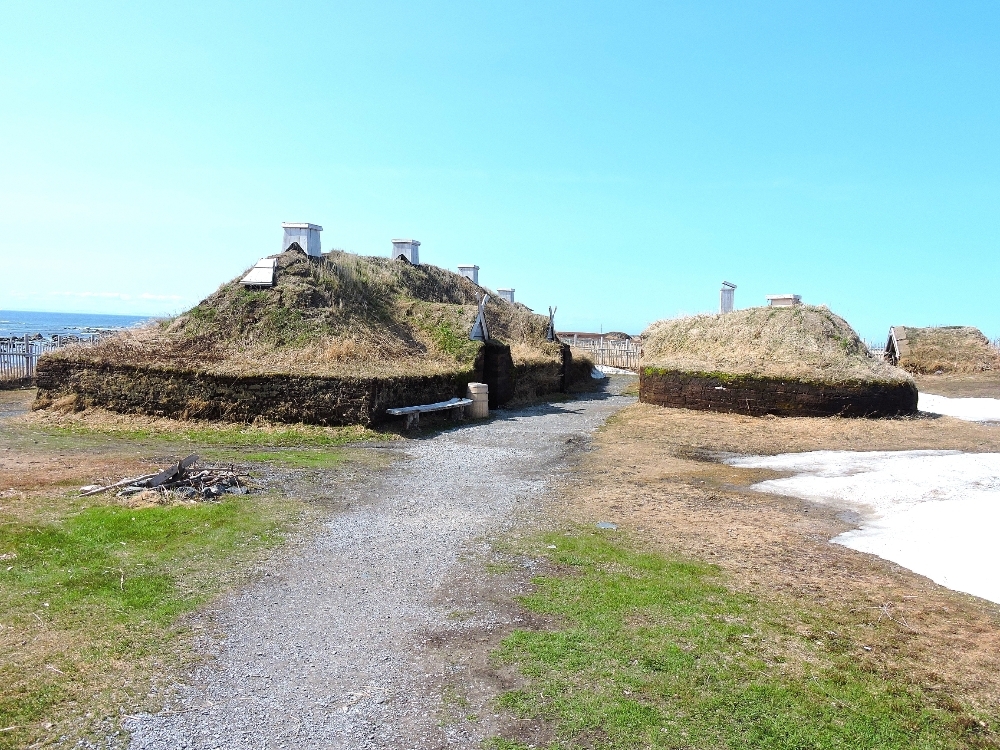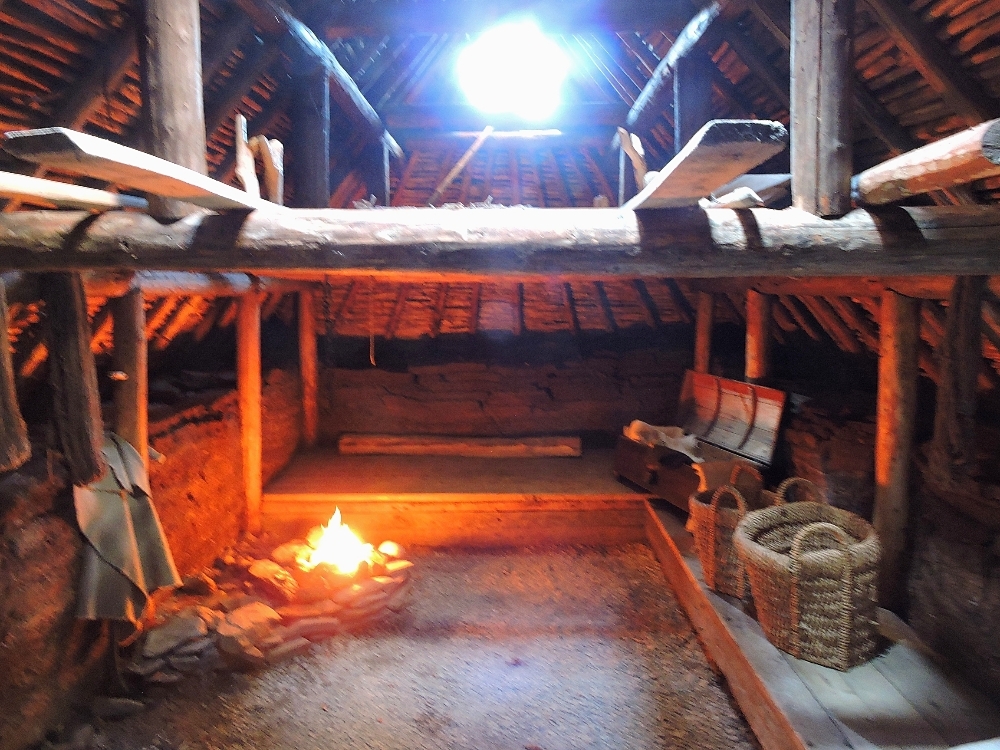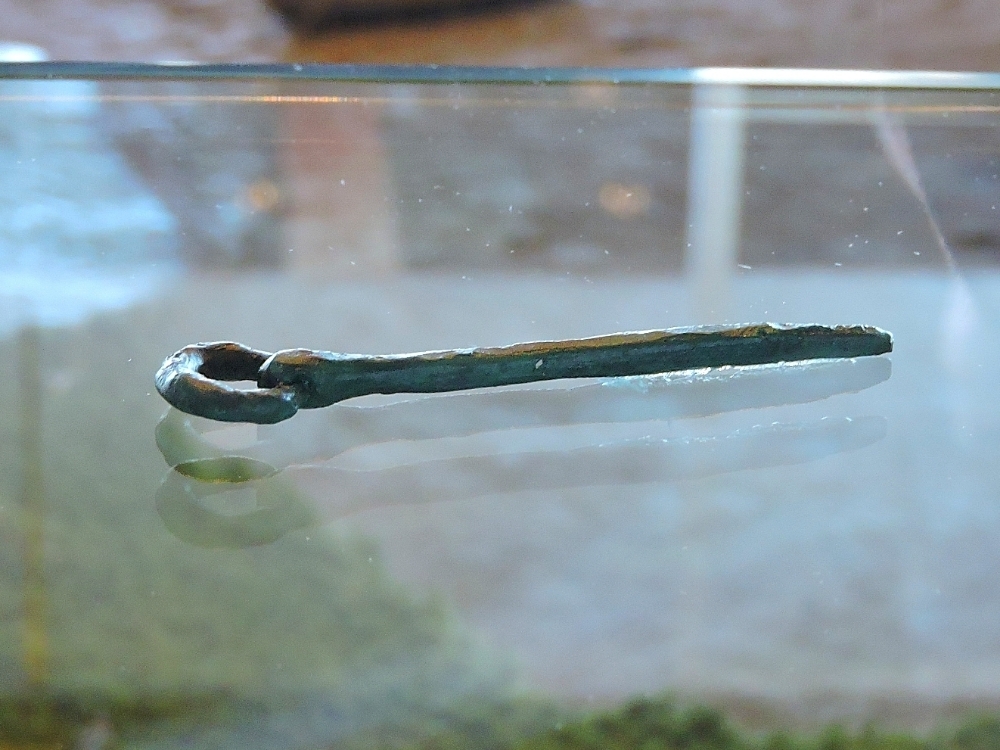World Heritage Sites that are listed for their archeological value can often be somewhat arbitrary with regard to their touristic interests. Sometimes one can get a fascinating glimpse into the past, while in other cases a considerable amount of imagination is required. That was demonstrated by the two sites I recently visited in far eastern Canada.
In the 1530s, Basque whalers set up a base at what is now Red Bay, on the coast of Labrador. They arrived every summer and worked their industry for several decades, until they had depleted the species that were once abundant there. In fact, the Basque settlement had come and gone before the Pilgrims arrived at Plymouth. One can somewhat admire the dedication and effort required to do such a thing in the 16th century, even if the practice, in general, was misguided. While this would seem to be an interesting location to visit, today there is still relatively little to see.
The site has only been on the World Heritage List for five years, and is still in the process of developing its visitor services. Consequently, when I arrived, on the last Friday of May, the visitor center had not yet opened for the season, but would the following Monday. I had hoped that there would be some outdoor signage to provide some background information, but all of that seemed to be located on the small island in the Bay, where the whalers lived. However, that location could only be reached once the visitor center was open. Additionally, most of the relevant artifacts from the whaling period have been recovered from underwater excavations, and there are little, or no, remaining structures from the whaling base above ground and able to be seen from a distance.
Reaching the site should not have been especially troublesome, as it is located just eighty-five kilometers north of the ferry port in Quebec, along a decent road. However, the day I went was troubled by obnoxious headwinds and fog, which later turned into drizzle, and, still later, snow flurries. Given the circumstances, I probably should have just skipped this site, but at least now I can say, I saw the place where such things happened.
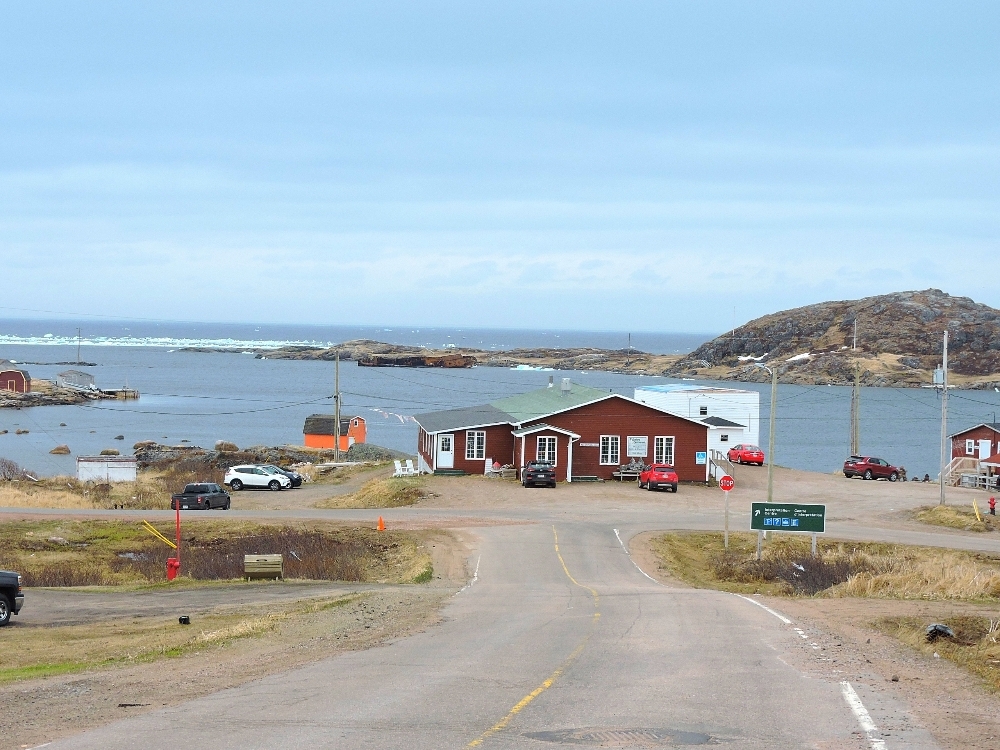
The second site, which I would reach two days later, provided a better experience, in part because that day was the only one with sunshine that I experienced since starting this portion of the route. L’Anse-aux-Meadows is the famous location where, in the 1960s, the only known Norse encampment in North America, outside of Greenland, was discovered. Today the site is a National Historic Park, as well as a WHS, and the local residents are quite proud of it. It is located at the extreme northern tip of Newfoundland, 140 kilometers from the ferry port at St Barbe, though the terrain is mild, and with nice weather the ride there was relatively easy. My only difficulty was that, since I was riding there on a Sunday, the few sources for food along the way were closed until the afternoon, so I was hungry for most of the time. The site, in total, is fairly small, and can be experienced in one or two hours, which was just enough time for me to have a nice visit before it closed for the day.
Today, L’Anse-aux-Meadows is believed to have been the place referred to as Vinland
in the Viking Sagas. Leif Eriksson, and up to a hundred other residents of the Norse colony on Greenland, built the site around one thousand years ago. It is thought that the site was primarily used as a base for acquiring timber, repairing ships, and exploration of the lands further to the south. As such, it was never a very large place, consisting of only a handful of buildings, and only lasted ten to twenty years before being abandoned. Nevertheless, the site represents a number of firsts for North America, including the first known European visitation, and the first smelting of iron.
Visitors can see the remains of the perimeters of the sod-walled buildings, which now, by themselves, could easily be mistaken for ordinary humps in the ground. To aid in the understanding of the site, a few modern reconstructions of what these buildings may have been like were built around thirty years ago. I was impressed by the relative comfort and esthetics of the interiors. There are also usually a few reenactors present inside to provide some additional information and atmosphere. Finally, in the modern visitor center, one can see the small collection of artifacts that proved that the location was indeed occupied by the Norse.
